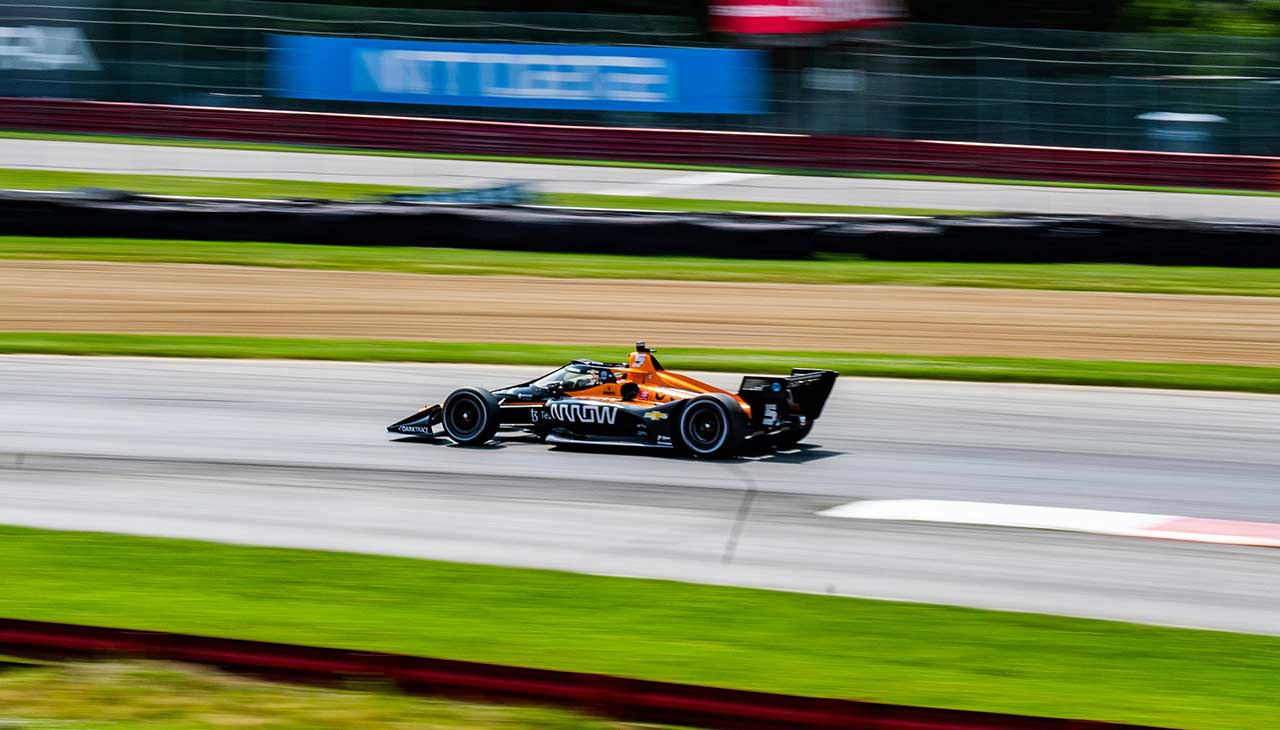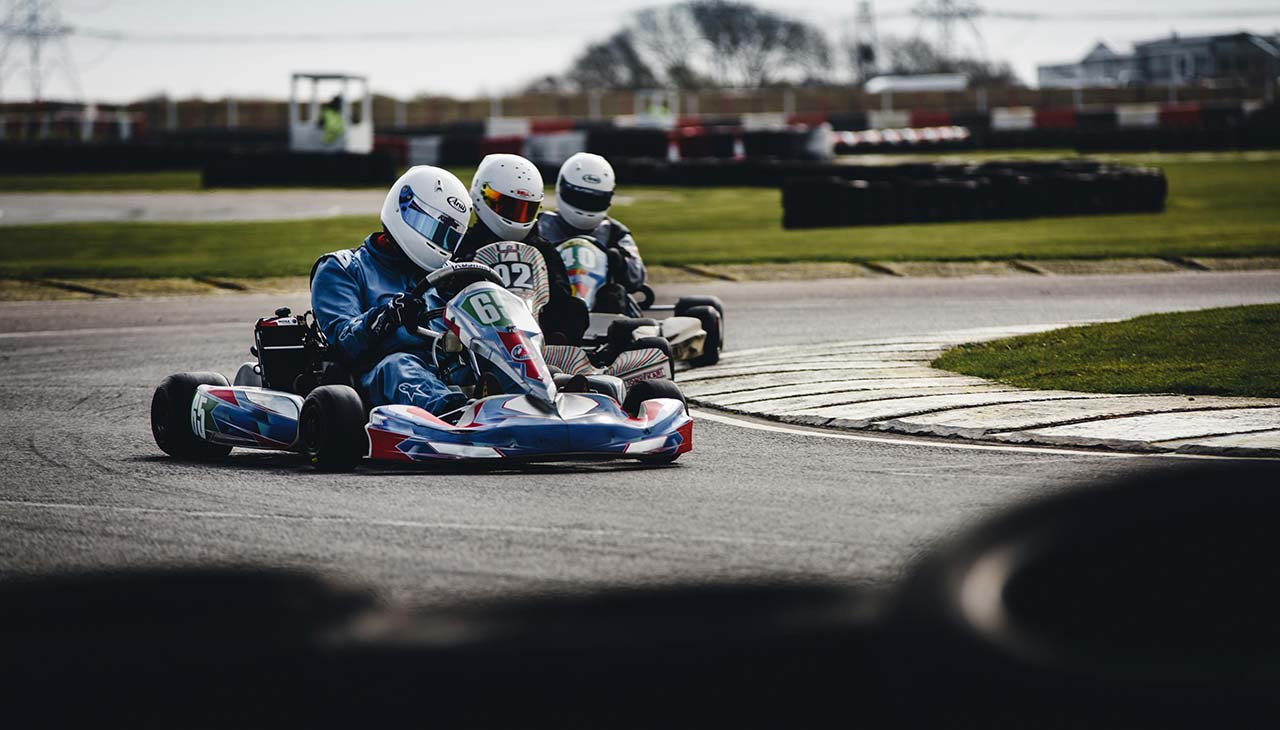Introduction to the Art of Restoring Classic Race Cars
Restoring classic race cars is an endeavor that combines passion, precision, and patience. For car enthusiasts, vintage car collectors, and automotive restorers alike, this pursuit is not just about breathing new life into old machines but also preserving a significant piece of automotive history. Whether it’s the sleek curves of a 1960s Ferrari or the rugged charm of a 1950s Jaguar, each restoration project tells a unique story. In this blog post, we will explore the intricate world of classic race car restoration, highlighting the challenges and rewards that come with it.
Challenges Faced in Sourcing Authentic Parts and Materials
One of the biggest hurdles in restoring a classic race car is sourcing authentic parts and materials. Unlike modern vehicles, the production of these parts ceased decades ago. This scarcity often means hunting through auctions, online forums, and specialty shops. Restorers may spend months, if not years, searching for that elusive carburetor or original paint color that matches the car’s era.
The challenge is not just about finding any part but ensuring it is an authentic piece that maintains the car’s integrity. Reproduction parts may be available, but they lack the historical value and often the quality of original components. This quest for authenticity can be both time-consuming and costly, requiring a keen eye and deep knowledge of the car’s history.
Despite these challenges, the thrill of finally locating a needed part can be immensely satisfying. Each piece found is a step closer to bringing the classic racer back to its former glory. The dedication to authenticity underscores the respect restorers have for the car’s original craftsmanship and its place in automotive history.
The Importance of Historical Accuracy in Restoration Projects
Historical accuracy is paramount in the restoration of classic race cars. Every detail, from the stitching on the seats to the type of tires used, must reflect the car’s original specifications. This commitment to accuracy not only honors the car’s legacy but also increases its value and appeal to collectors and enthusiasts.
Restorers often immerse themselves in extensive research, poring over old photographs, manuals, and race records. Consulting with historians and experts becomes a routine part of the process. This meticulous attention to detail ensures that the restored car is as close to its original condition as possible, preserving its historical significance.
Adhering to historical accuracy also involves using the right materials and techniques. Modern methods may offer convenience, but they can compromise the authenticity of the restoration. By sticking to traditional techniques, restorers maintain the integrity of the car, making it a true representation of its era. This dedication to preserving history is what sets apart a well-restored classic race car from a mere refurbishment.
The Rewarding Aspect of Driving or Showcasing a Fully Restored Classic
The rewards of restoring a classic race car extend far beyond the garage. One of the most exhilarating moments for any restorer is the first drive in a fully restored vehicle. Feeling the roar of the engine and the smooth handling of the car is a testament to the countless hours of work and dedication invested in the project.
For many enthusiasts, showcasing their restored classic at car shows and races is equally rewarding. It provides an opportunity to share their passion with like-minded individuals and receive recognition for their efforts. The admiration and accolades from fellow enthusiasts and judges can be incredibly fulfilling, making every painstaking moment of the restoration worthwhile.
Driving or showcasing a restored classic race car also connects the restorer to a broader community. It opens doors to new friendships, collaborations, and learning experiences. The sense of pride and accomplishment in preserving and celebrating automotive history is a reward that resonates deeply with every restorer.
Expert Insights and Tips for First-Time Restorers
For those new to the world of classic race car restoration, expert insights can be invaluable. One crucial tip is to start with a thorough assessment of the car’s condition. Understanding the extent of the work required helps in planning and budgeting for the restoration process.
Another essential piece of advice is to join a community of enthusiasts and restorers. Networking with experienced individuals can provide guidance, resources, and support throughout the project. Many restorers are more than willing to share their knowledge and expertise, making the journey less daunting for newcomers.
Patience is a virtue that cannot be overstated in restoration projects. Rushing through the process can lead to mistakes and compromises in quality. Taking the time to do things right, even if it means waiting for the right part or mastering a specific technique, ensures a successful restoration.
Success Stories and the Impact of Restored Classics in the Automotive Community
Success stories abound in the world of classic race car restoration. From neglected relics found in barns to race-worn legends brought back to life, these stories inspire and motivate restorers. Each success highlights the impact restored classics have on the automotive community.
Take, for example, the tale of a 1962 Ferrari 250 GTO that was restored to its original racing condition. The project, which took several years, involved sourcing rare parts from around the world and consulting with Ferrari historians. The result was a masterpiece that not only won awards at prestigious car shows but also fetched a record price at auction, showcasing the value of meticulous restoration.
The impact of restored classics extends beyond individual achievements. They serve as educational tools, offering glimpses into the past and the evolution of automotive technology. Car shows, museums, and racing events featuring restored classics help preserve and celebrate automotive heritage, inspiring future generations of enthusiasts and restorers.
Conclusion
Restoring classic race cars is a blend of art, science, and passion. It demands a deep appreciation for history, an eye for detail, and unwavering dedication. While the challenges are numerous, the rewards are equally profound. Whether it’s the joy of driving a piece of history or the recognition from fellow enthusiasts, every moment spent in restoration is a tribute to the timeless allure of classic race cars. For those ready to embark on this fulfilling journey, consider connecting with experienced restorers and joining communities that share your passion. Your adventure in restoring classic race cars awaits!

